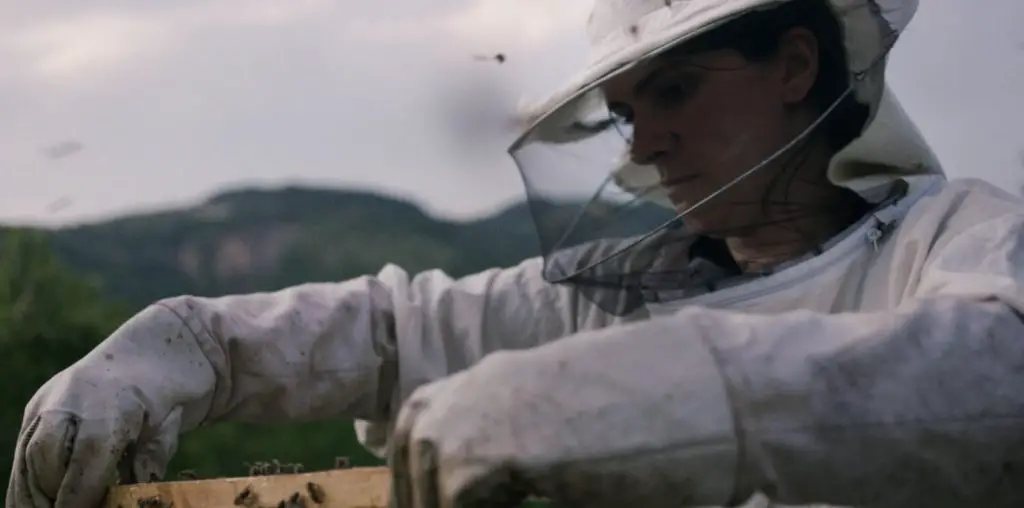
In case you may have forgotten, human beings can do really awful things to each other. Most of the time, the people behaving badly are adults who should know better. Sometimes, these people are even parents. And sometimes the victims are children. Just because we know these things can happen, it doesn’t make it any easier to take. And it certainly doesn’t make it easy to watch films like “talhotblond.”
“talhotblond,” which screened at this year’s Seattle International Film Festival, is a documentary about a cyber love triangle between a middle-aged man named Tom (handle: marinesniper) an 18-year-old girl named Jessi (handle: talhotblond) and his 22-year-old factory coworker named Brian (handle: beefcake). Tom insists that it started innocently enough. He was a former Marine. Bored and in a marital rut, Tom began chatting online with Jessi. When she told him he was in a room for teens, he panicked and told her he was 18. The lie quickly snowballed and soon, he’d created an elaborate alter-ego. He was Tommy, a young Marine in boot camp who was about to be shipped off to Iraq. Their chatting turned sexual and their “relationship” escalated to the point where Jessi actually believed Tommy would marry her. The tide turned when Tom’s wife found a pair of Jessi’s underpants that she’d mailed to him. Tom was forced to come clean. Jessi then became involved (also via the internet) with Brian, Tom’s more age-appropriate co-worker. Jealously and anger erupted for both Tom and Jessi. And then one day, Brian was found dead, shot by a sniper rifle in the factory parking lot.
Whilst watching “talhotblond,” I could not help recalling a story I read last year about a little girl who hung herself in her closet because she was devastated by the derogatory messages she was receiving via MySpace from a classmate. These messages suggested, among other things, that everyone hated this little girl and that the world would be better without her. It turned out the person writing these messages was not her classmate after all, but her classmate’s mother.
For some people, it’s easy to convince themselves that damaging behavior won’t actually hurt anyone or that they have good reason to be doing bad things. Tom says that he tried to end the relationship several times but Jessi always re-instigated it. Even after she knew he was a creepy old man. He claims he was helpless to her wiles. He makes excuses about how he got in the situation in the first place. He was bored, lonely and impotent. He was in the s**t. He never intended it to go so far. But most of the time, even if it doesn’t end in death, a relationship with a teenage girl will never end well. Because of the nature of the internet, it was so easy for Tom to lie to Jessi. But he never once contemplated the notion that it’s just as easy for other people. The outcome of these lies wouldn’t have been so tragic if they’d just hurt the people telling them. Unfortunately, the people hurt most were the ones who’d only ever been themselves.
The tale of “talhotblond” is extremely devastating its own. But the film’s structure, narrated by an actor playing Brian from beyond the grave, sucks the audience further into the story. There is also a great deal of text montage, showing excerpts from the actual instant message conversations that took place between the 3 key players. The amount of natural foreshadowing in these conversations is staggering. Interviews with a philosophical detective working on the case and a shockingly matter-of-fact Tom keep the viewer riveted to the bitter, bomb-dropping end.
But what echoes in my ears doubles as the moral of the story. The aforementioned detective philosopher says this whole situation, as well as most frivolous and stupid crimes, could have been avoided if people only followed this very basic advice: “Be nice. Don’t lie.”

